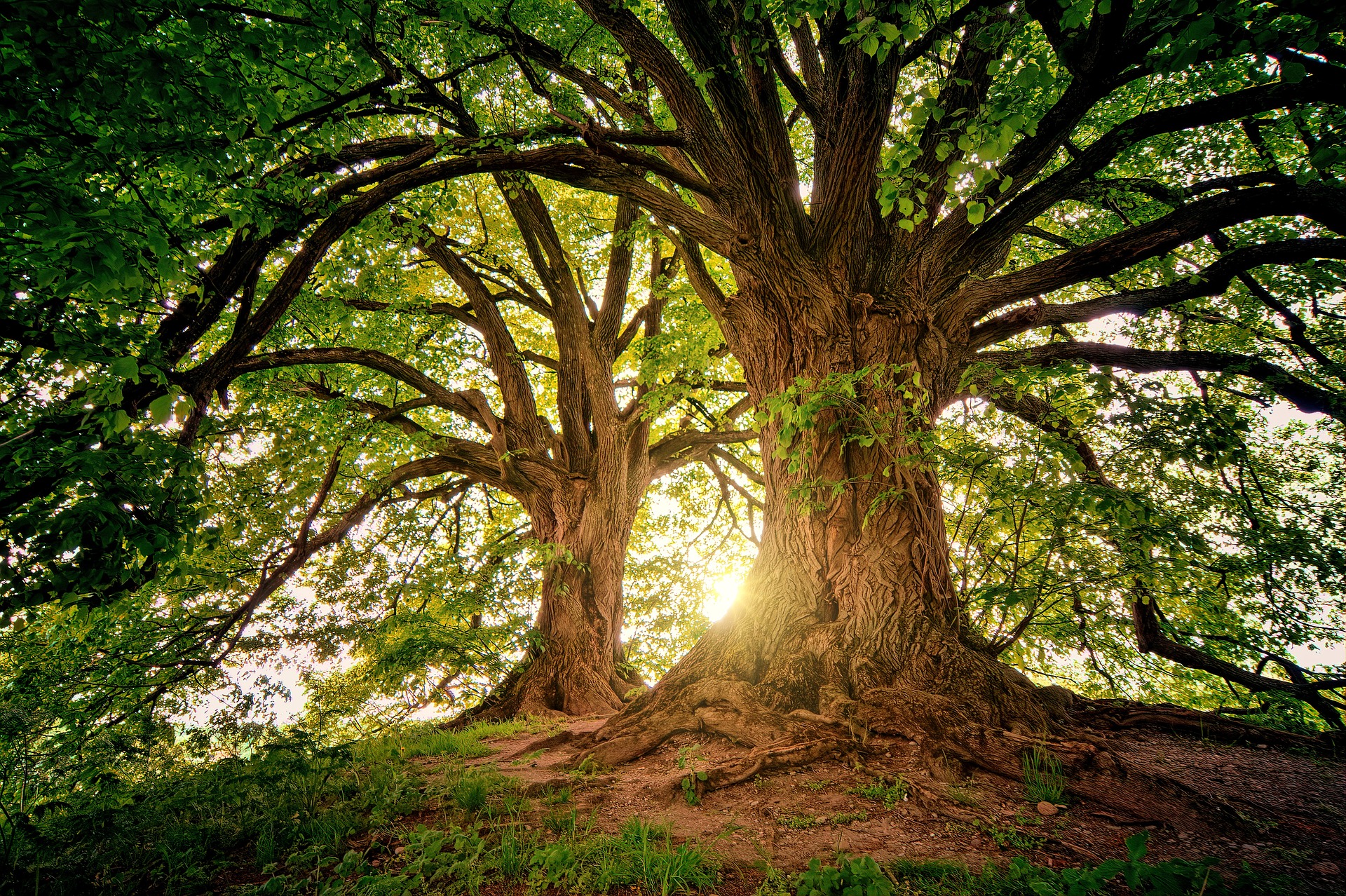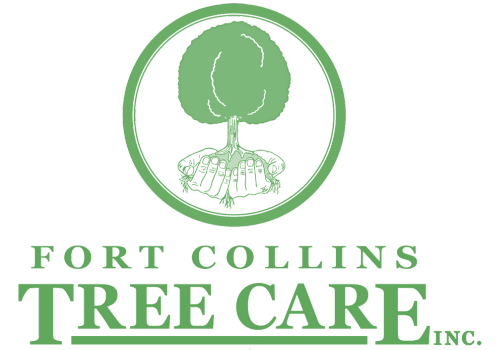ARE YOU READY FOR SOME HELP?
Damage caused by ips beetle
The ips beetle is a devastating insect. Once a spruce becomes infested, death can occur in a matter of weeks. The ips beetle is also called the “engraver beetle” because they eat tunnels in the inner bark, leaving channels in the softwood under the bark. They attack the trunk and branches of pine and spruce trees. They are not as destructive as mountain pine beetles, or spruce beetles or douglas-fir beetles. The ips beetles usually attack only stressed trees, but they may attack healthy trees during an ips beetle outbreak. The larvae tunnel, damaging the phloem layer of the inner bark. They also spread blue stain fungus which attacks the xylem layer of the inner bark. Both will block the flow of water and nutrients, causing parts of the tree to die.
Image by: William M. Ciesla, Forest Health Management International, Bugwood.org
How to identify ips beetle
We have 11 species of ips beetles in Colorado. Their eggs are oblong and up to 1mm long. The ips beetle larvae are small grubs about 1/4″ long, and white to gray with dark heads. The adult beetles are 1/8″ to 3/8″ long, reddish-brown to black, with 3-6 spines on their rear end. They produce yellow to red-brown boring dust, which they eject from their tunnels causing it to collect below the opening to their tunnels on the bark and the ground. The adults create a round hole when they exit the tree.
Image by: Ken Walker, Museum Victoria, Bugwood.org
Life cycle of the ips beetle
In the spring (when temperatures reach 50-60’F) the male ips beetle flies up to several miles in search of a tree, then tunnels into the tree, creates a nuptial chamber under the bark, and attracts several females to mate. The females create egg galleries under the bark where they lay their eggs. Ips beetle larvae soon hatch and start eating the phloem layer of the inner bark and top layer of the sapwood, creating their own tunnels. After 40-55 days they develop into adults. Adult ips beetles exit the tree and find a new tree to start another generation (sometimes the same tree is used). They prefer freshly cut wood for breeding. The ips beetles may have 2-4 generations per year in Colorado. In the fall adults move under the bark or to the litter at the base of the tree where they overwinter.
Image by: William M. Ciesla, Forest Health Management International, Bugwood.org
How to control the ips beetle
Keep your trees healty and well watered and remove, chip or debark any freshly cut wood to discourage ips beetles. Woodpeckers eat many ips beetles. If a tree is stressed from root damage, drought, or there are large numbers of ips beetles present you may have to use an insecticide to protect the tree from ips beetles. Drench the bark of the trunk and larger branches (twice a year) before adult beetles attack the tree to prevent ips beetle infestation.













